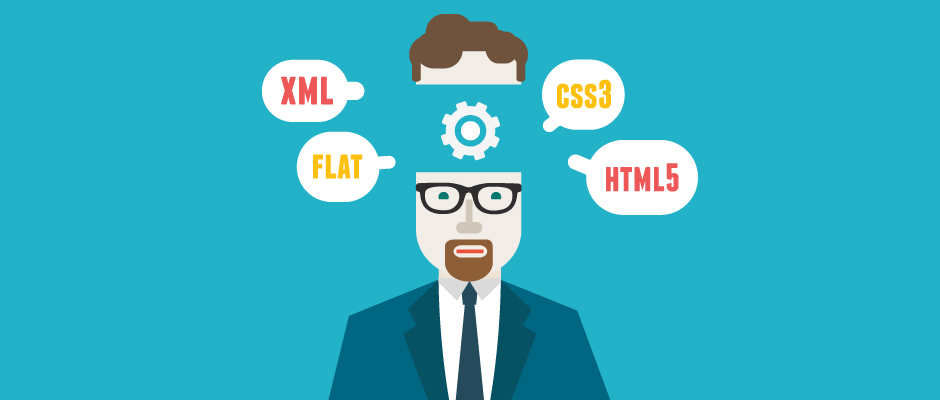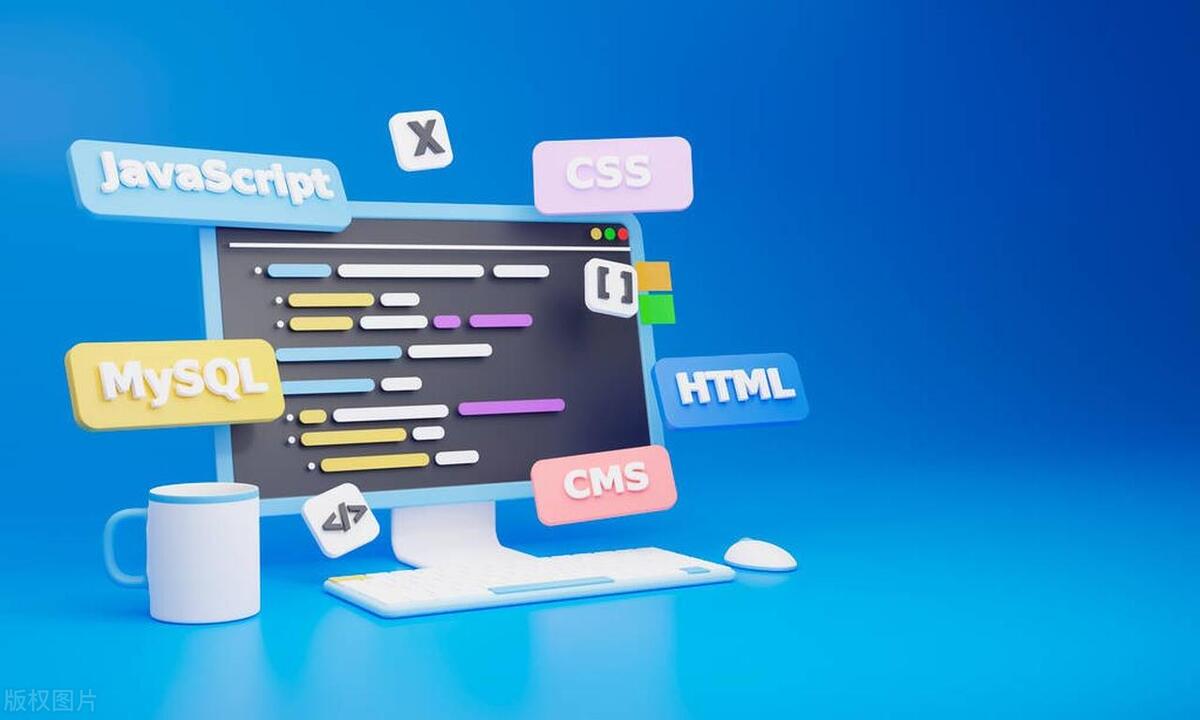CSS custom properties are a key tool for implementing dynamic styles. 1. Custom attributes start with --, such as --main-color, defined in:root and called through var() to improve code maintainability; 2. Dynamic changes in theme colors are achieved through class name switching, combining JavaScript and local storage to support user preferences; 3. CSS variables can be modified in real time through JavaScript, which is suitable for color selectors, A/B tests and other scenarios; 4. Pay attention to avoiding nested use of var(), which is incompatible with IE, and requires reasonable handling of downgrade solutions.

Of course, the following is an article with clear structure and practical content:

Direct response to the title: CSS custom properties are an effective way to implement dynamic styles
CSS custom properties (also called CSS variables) provide developers with a way to define and use reusable values ??in style sheets. They not only improve the maintainability of the code, but also combine JavaScript to achieve more flexible dynamic style control.

1. How to define and use CSS custom properties
Custom properties start with two hyphens, such as --main-color , which is usually defined in :root , so that they can be accessed throughout the document.
:root {
--main-color: #3498db;
--font-size: 16px;
} Called via var() function in other CSS rules:

button {
background-color: var(--main-color);
font-size: var(--font-size);
}- Pay attention to naming specifications when defining, and it is recommended to use semantic names.
- It is recommended to manage variables uniformly, for example, in a separate
_variables.cssfile.
2. Tips for dynamically changing theme colors
Using custom attributes and class name switching, multi-theme support can be easily achieved. For example, switch between dark mode and light mode.
:root {
--bg-color: #ffffff;
--text-color: #333333;
}
.dark-mode {
--bg-color: #1a1a1a;
--text-color: #f0f0f0;
} In HTML, you only need to add or remove the dark-mode class to <body> and it will take effect.
JavaScript operations are also very simple:
document.body.classList.toggle('dark-mode');
- It is recommended to save the theme status in local storage, so that users can still retain preferences after refreshing the page.
- System preferences can be automatically detected in combination with media query.
3. Real-time style updates with JavaScript
Because CSS variables are dynamic, their values ??can be modified at runtime through JS to achieve real-time style changes.
document.documentElement.style.setProperty('--main-color', '#e74c3c');
This feature is very suitable for:
- User-defined theme settings (such as color selector)
- Dynamically adjust UI element styles according to user behavior
- Different variants in A/B tests are displayed
A simple example is to have the user enter a color value and apply it immediately:
<input type="color" id="colorPicker">
const input = document.getElementById('colorPicker');
input.addEventListener('input', (event) => {
document.documentElement.style.setProperty('--main-color', event.target.value);
});4. Precautions and compatibility considerations
Although modern browsers generally support custom properties, there are still some things to note:
- Do not use
var()in nested, for example,var(--color: var(--fallback))is illegal. - Custom properties cannot be used as part of the property selector.
- Older versions of browsers (such as IE) do not support them at all and require downgrade processing or Polyfill.
If the project must be compatible with the old environment, it is recommended to use it only on non-critical paths, or work with preprocessor variables.
Basically that's it. Although CSS custom attributes are small, if used properly, it can significantly improve development efficiency and user experience.
The above is the detailed content of Utilizing CSS Custom Properties for Dynamic Styling. For more information, please follow other related articles on the PHP Chinese website!

Hot AI Tools

Undress AI Tool
Undress images for free

Undresser.AI Undress
AI-powered app for creating realistic nude photos

AI Clothes Remover
Online AI tool for removing clothes from photos.

Clothoff.io
AI clothes remover

Video Face Swap
Swap faces in any video effortlessly with our completely free AI face swap tool!

Hot Article

Hot Tools

Notepad++7.3.1
Easy-to-use and free code editor

SublimeText3 Chinese version
Chinese version, very easy to use

Zend Studio 13.0.1
Powerful PHP integrated development environment

Dreamweaver CS6
Visual web development tools

SublimeText3 Mac version
God-level code editing software (SublimeText3)
 How does React handle focus management and accessibility?
Jul 08, 2025 am 02:34 AM
How does React handle focus management and accessibility?
Jul 08, 2025 am 02:34 AM
React itself does not directly manage focus or accessibility, but provides tools to effectively deal with these issues. 1. Use Refs to programmatically manage focus, such as setting element focus through useRef; 2. Use ARIA attributes to improve accessibility, such as defining the structure and state of tab components; 3. Pay attention to keyboard navigation to ensure that the focus logic in components such as modal boxes is clear; 4. Try to use native HTML elements to reduce the workload and error risk of custom implementation; 5. React assists accessibility by controlling the DOM and adding ARIA attributes, but the correct use still depends on developers.
 Describe the difference between shallow and full rendering in React testing.
Jul 06, 2025 am 02:32 AM
Describe the difference between shallow and full rendering in React testing.
Jul 06, 2025 am 02:32 AM
Shallowrenderingtestsacomponentinisolation,withoutchildren,whilefullrenderingincludesallchildcomponents.Shallowrenderingisgoodfortestingacomponent’sownlogicandmarkup,offeringfasterexecutionandisolationfromchildbehavior,butlacksfulllifecycleandDOMinte
 What is the significance of the StrictMode component in React?
Jul 06, 2025 am 02:33 AM
What is the significance of the StrictMode component in React?
Jul 06, 2025 am 02:33 AM
StrictMode does not render any visual content in React, but it is very useful during development. Its main function is to help developers identify potential problems, especially those that may cause bugs or unexpected behavior in complex applications. Specifically, it flags unsafe lifecycle methods, recognizes side effects in render functions, and warns about the use of old string refAPI. In addition, it can expose these side effects by intentionally repeating calls to certain functions, thereby prompting developers to move related operations to appropriate locations, such as the useEffect hook. At the same time, it encourages the use of newer ref methods such as useRef or callback ref instead of string ref. To use Stri effectively
 Vue with TypeScript Integration Guide
Jul 05, 2025 am 02:29 AM
Vue with TypeScript Integration Guide
Jul 05, 2025 am 02:29 AM
Create TypeScript-enabled projects using VueCLI or Vite, which can be quickly initialized through interactive selection features or using templates. Use tags in components to implement type inference with defineComponent, and it is recommended to explicitly declare props and emits types, and use interface or type to define complex structures. It is recommended to explicitly label types when using ref and reactive in setup functions to improve code maintainability and collaboration efficiency.
 Server-Side Rendering with Next.js Explained
Jul 23, 2025 am 01:39 AM
Server-Side Rendering with Next.js Explained
Jul 23, 2025 am 01:39 AM
Server-siderendering(SSR)inNext.jsgeneratesHTMLontheserverforeachrequest,improvingperformanceandSEO.1.SSRisidealfordynamiccontentthatchangesfrequently,suchasuserdashboards.2.ItusesgetServerSidePropstofetchdataperrequestandpassittothecomponent.3.UseSS
 A Deep Dive into WebAssembly (WASM) for Front-End Developers
Jul 27, 2025 am 12:32 AM
A Deep Dive into WebAssembly (WASM) for Front-End Developers
Jul 27, 2025 am 12:32 AM
WebAssembly(WASM)isagame-changerforfront-enddevelopersseekinghigh-performancewebapplications.1.WASMisabinaryinstructionformatthatrunsatnear-nativespeed,enablinglanguageslikeRust,C ,andGotoexecuteinthebrowser.2.ItcomplementsJavaScriptratherthanreplac
 Vue CLI vs Vite: Choosing Your Build Tool
Jul 06, 2025 am 02:34 AM
Vue CLI vs Vite: Choosing Your Build Tool
Jul 06, 2025 am 02:34 AM
Vite or VueCLI depends on project requirements and development priorities. 1. Startup speed: Vite uses the browser's native ES module loading mechanism, which is extremely fast and cold-start, usually completed within 300ms, while VueCLI uses Webpack to rely on packaging and is slow to start; 2. Configuration complexity: Vite starts with zero configuration, has a rich plug-in ecosystem, which is suitable for modern front-end technology stacks, VueCLI provides comprehensive configuration options, suitable for enterprise-level customization but has high learning costs; 3. Applicable project types: Vite is suitable for small projects, rapid prototype development and projects using Vue3, VueCLI is more suitable for medium and large enterprise projects or projects that need to be compatible with Vue2; 4. Plug-in ecosystem: VueCLI is perfect but has slow updates,
 How to manage component state using immutable updates in React?
Jul 10, 2025 pm 12:57 PM
How to manage component state using immutable updates in React?
Jul 10, 2025 pm 12:57 PM
Immutable updates are crucial in React because it ensures that state changes can be detected correctly, triggering component re-rendering and avoiding side effects. Directly modifying state, such as push or assignment, will cause React to be unable to detect changes. The correct way to do this is to create new objects instead of old objects, such as updating an array or object using the expand operator. For nested structures, you need to copy layer by layer and modify only the target part, such as using multiple expansion operators to deal with deep attributes. Common operations include updating array elements with maps, deleting elements with filters, adding elements with slices or expansion. Tool libraries such as Immer can simplify the process, allowing "seemingly" to modify the original state but generate new copies, but increase project complexity. Key tips include each






